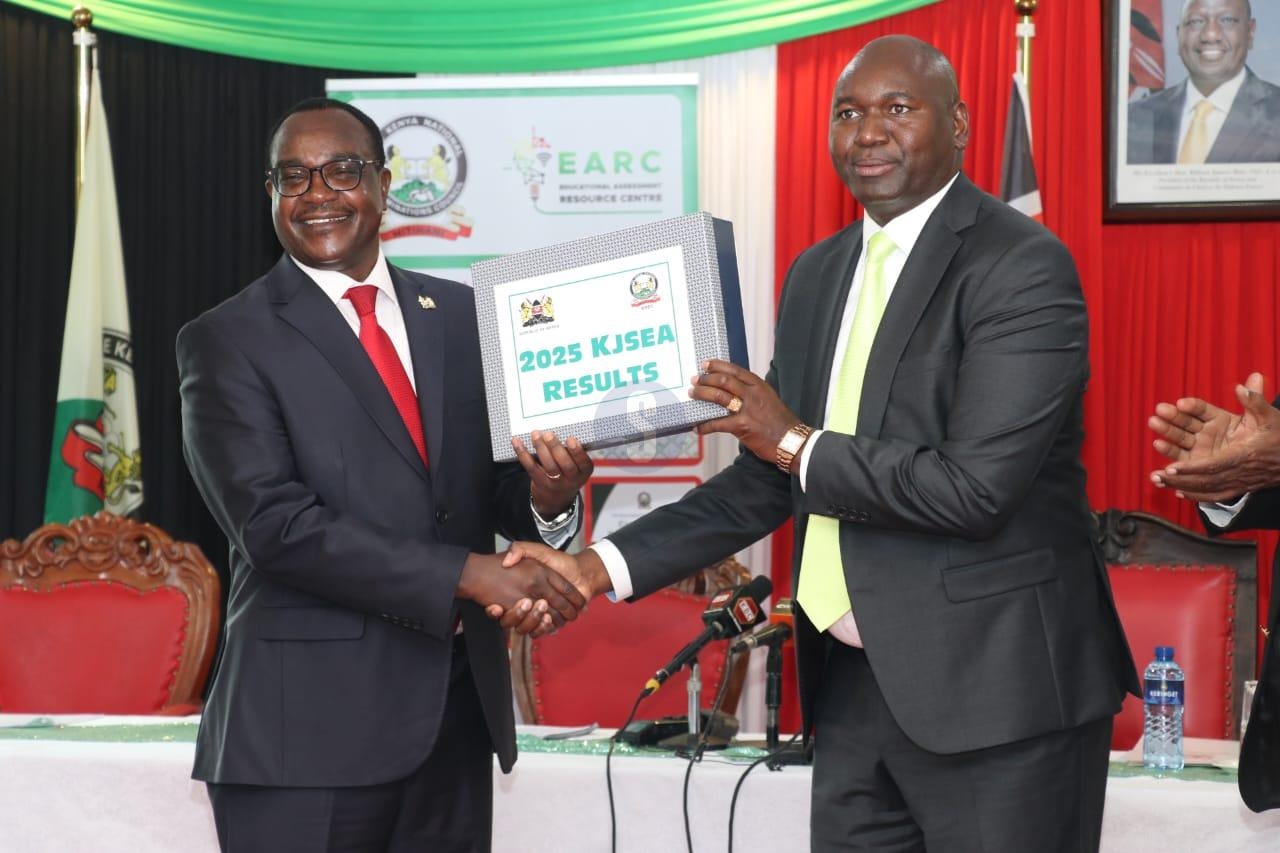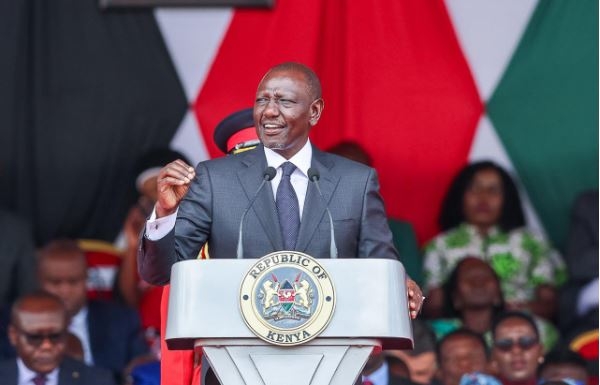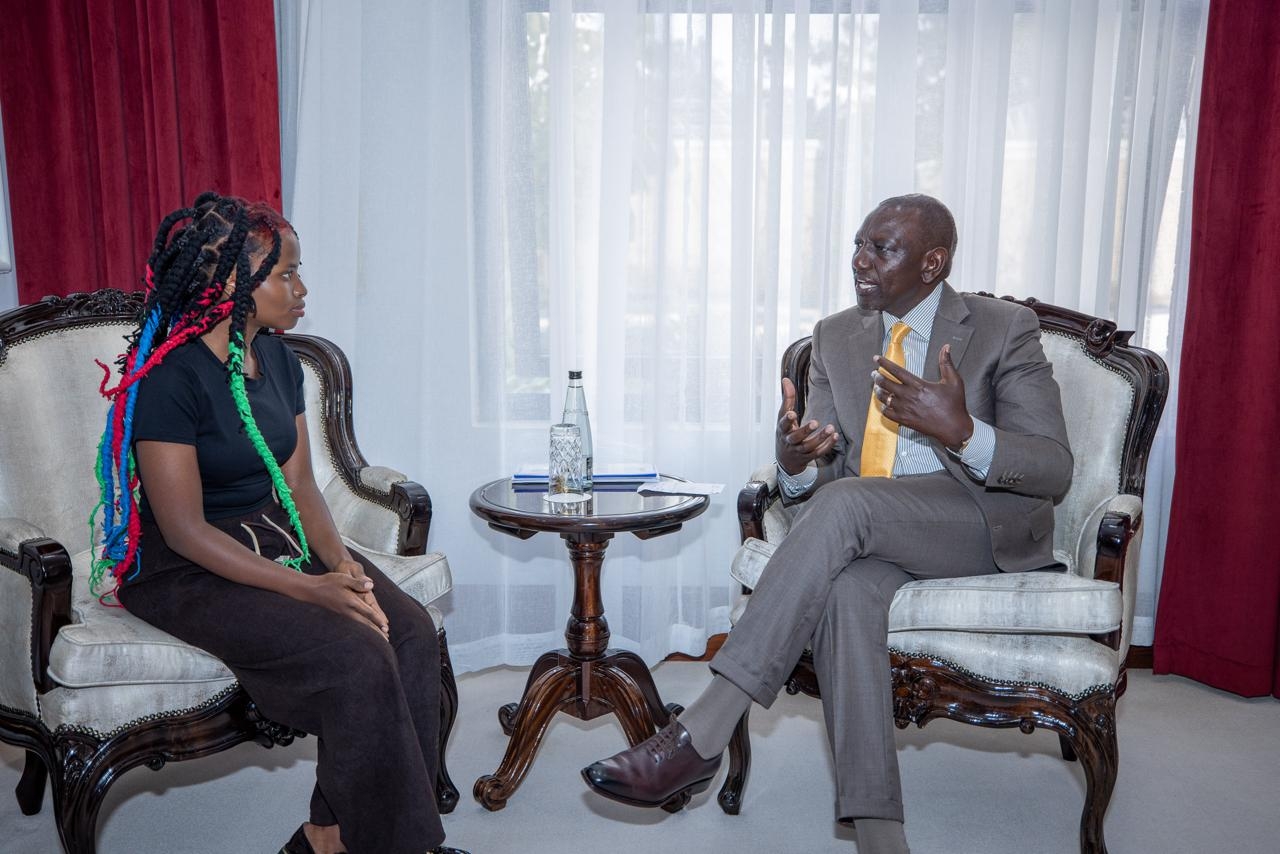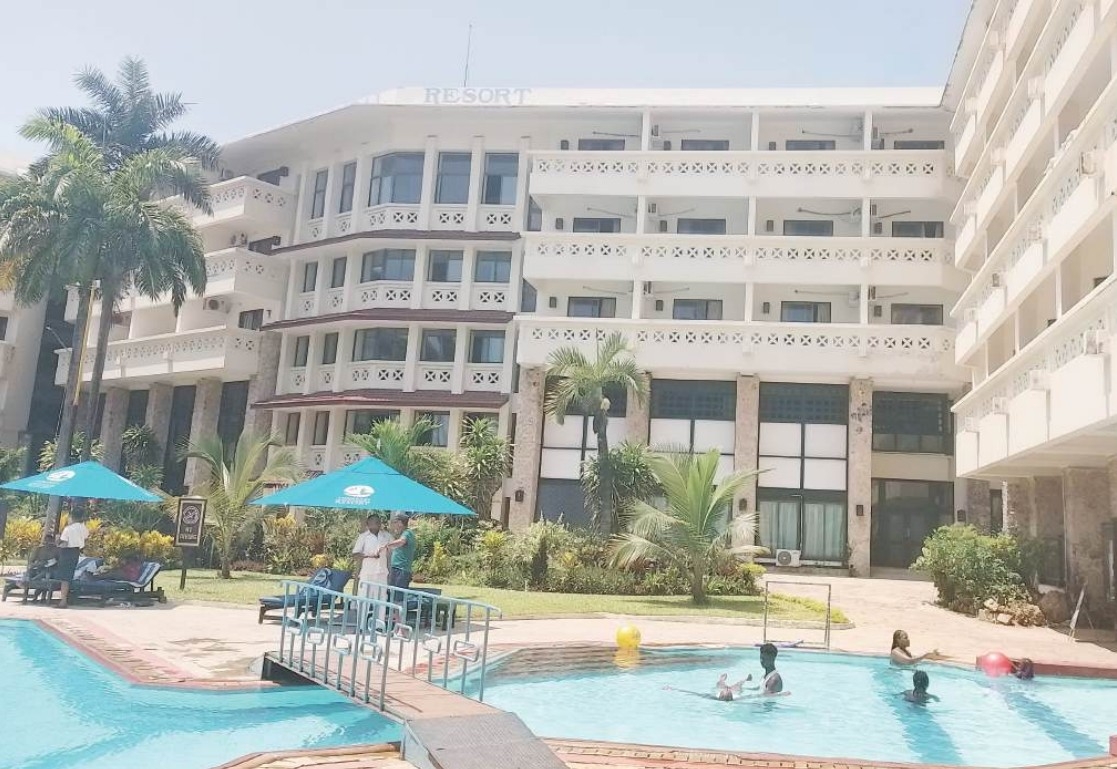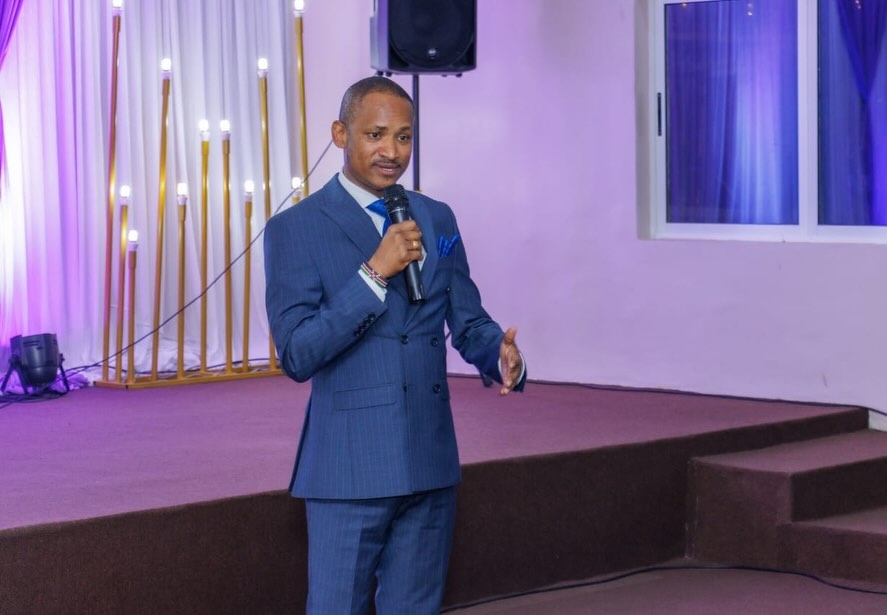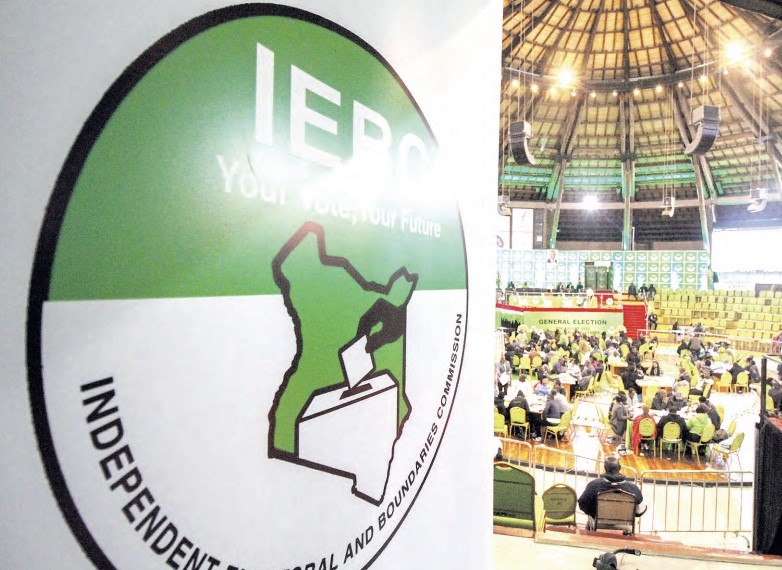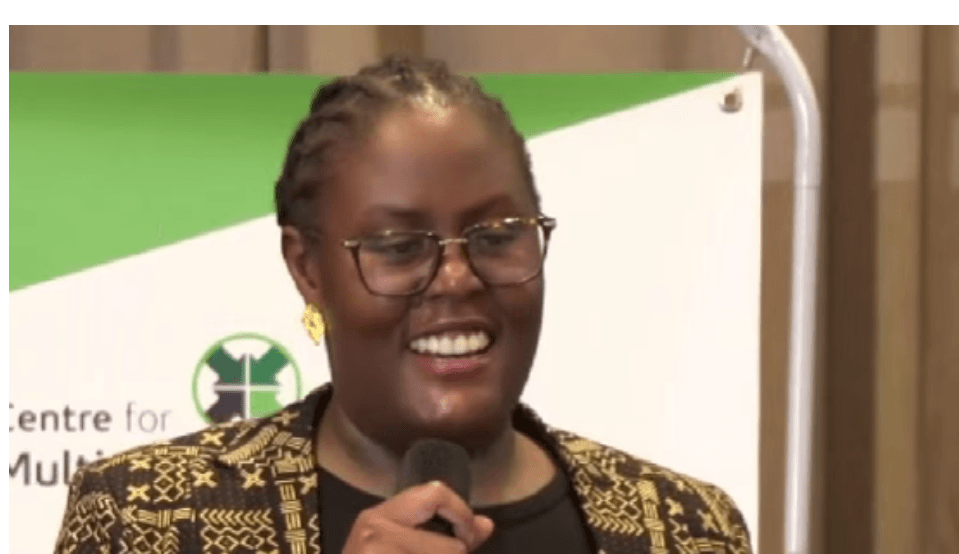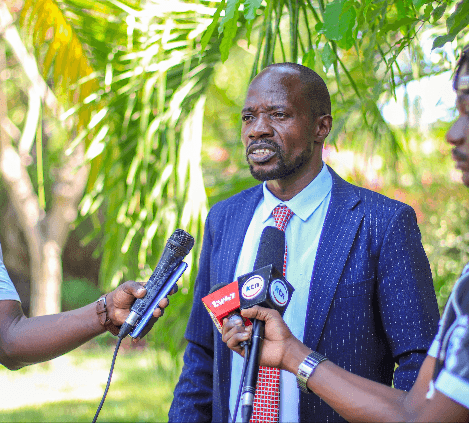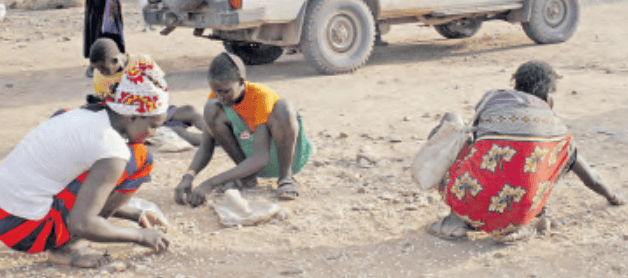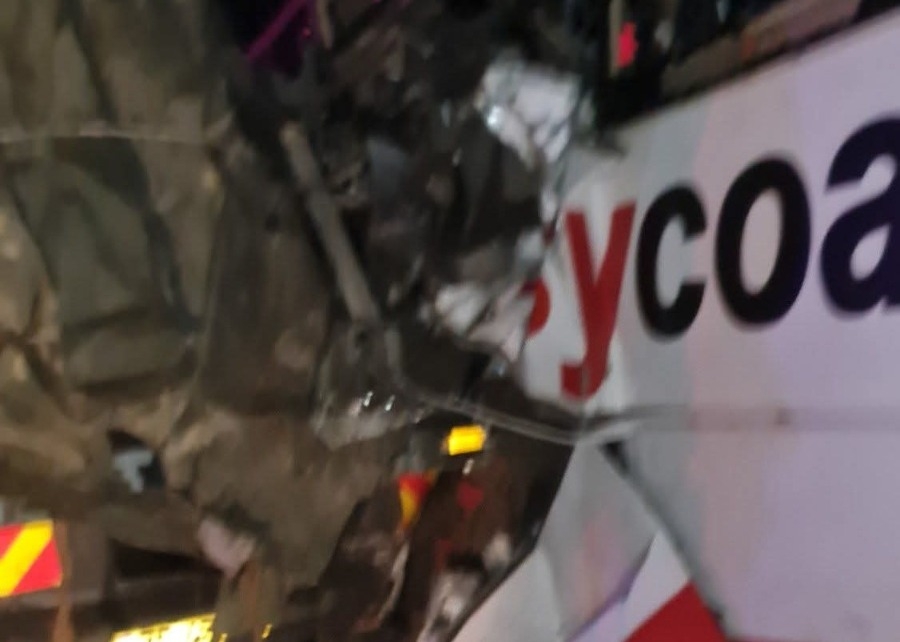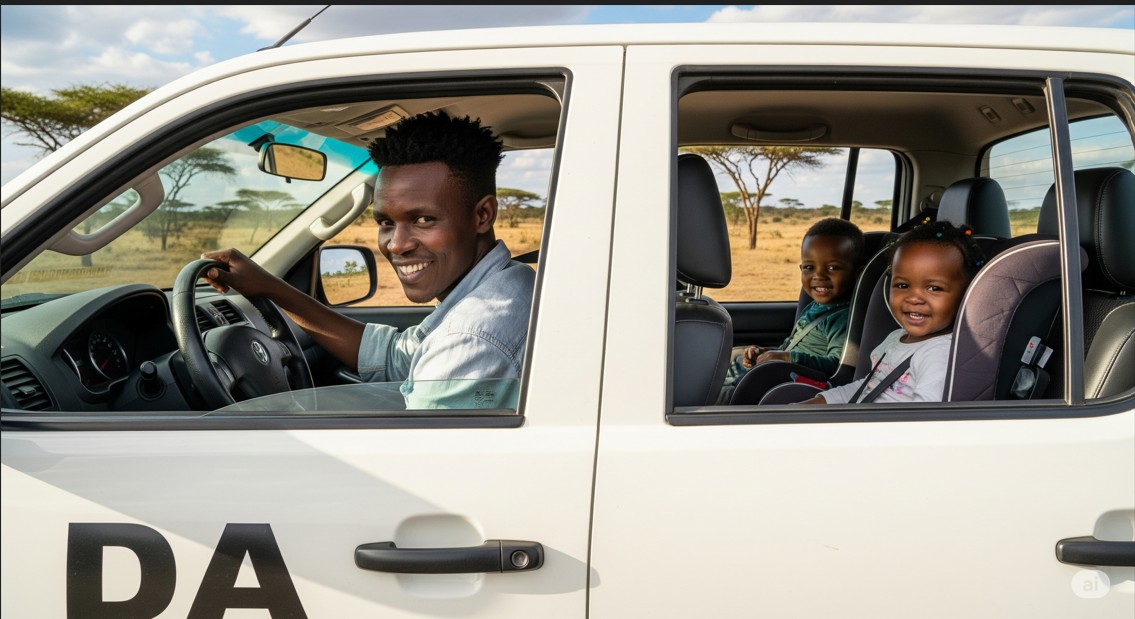
For days after the
crash, my twin boys, almost five years old, kept asking me the same question,
“Daddy, will our car crash, too?”
It wasn’t just
curiosity. It was fear—fresh, real and still taking shape in the young minds of
Yamiche and Gordon Jnr.
On August 15 at
around 3 pm, we had escaped a deadly crash by the skin of our teeth on the
Kinungi stretch of the Nairobi-Nakuru highway. The area is a notorious road
accident blackspot, due to factors like poor visibility from morning fog and
during the rainy season.
The boys were in the
back seat, my friend Samuel Babu beside me in front. We were just chatting all
along the way back to Nairobi from our family homes in Kisumu.
Then everything
changed.
It happened fast. An
old Toyota Premio from the opposite lane suddenly careened out of control,
clipped a 14-seater public service van that was overtaking vehicles, then
slammed head on into a Toyota Fielder—the car directly in front of us.
Had the Fielder not
been there, the veering Premio would have crashed into us. That’s not
speculation, that’s fact—it was that close.
The collision was
violent. The Premio driver, a man who appeared to be in his 30s, emerged
limping, holding a young boy. Both were in shock and pain. They collapsed by
the roadside.There was no visible bleeding, but clearly, they were hurt.
The Fielder
occupants were not as lucky. The woman in the front seat died instantly. From
the back seat, two women staggered out, their faces bloody, their pain visible
and audible.
Another woman
remained inside, lifeless—her head on the floor.
The driver of the
Fielder was conscious, covered in blood and trapped, as his door was jammed
shut.
“Help me, help me,
I’m dying,” he cried out. A metal object had pierced his temple. His legs
appeared broken.
Bystanders rushed to
help, using an axe to open the driver’s door.
We sat frozen for
minutes, but our car was not damaged and we slowly navigated around the crash
and through the increasing traffic gridlock.
As we continued our
journey, I looked back at my boys. They were silent. Especially Yamiche—usually
the one talking non-stop, always asking questions.
I asked them gently,
“You’re so quiet—what’s on your mind?”
Gordon Jnr, always
the deep thinker, replied, “The opposite car came into our lane and hit the one
in front. It almost hit your car, Daddy. We almost died.”
Yamiche added,
simply, “The crash. That was close.”
They weren’t wrong.
It could have been us. August has seen an increase in road crashes—with 35
deaths so far reported— and on that day, our names could easily have been added
to the toll.
Days later, the
boys’ questions haven’t stopped. While we don’t know what led to the accident,
they still want to understand how such things happen— if we’ll be safe, if cars
just crash like that all the time.
To help them process
it, I’ve turned to AI and trusted sources for guidance — to better explain,
assure and debrief without causing more fear. I tell them we’re safe, that we
weren’t hurt and that we thank God.
They’ve also made
their own assumptions: that the young boy in the Premio may have distracted the
driver. That led them to make me a promise: that they wouldn’t play in the car
anymore while I’m driving. A promise made in sincerity— even if not always kept.
That day on Kinungi
Road was a harsh reminder of life’s fragility. We didn’t lose our lives—but we
did lose a bit of innocence. Especially my sons.
We kept driving. But
something changed after that crash—in our conversations, our awareness and in
the questions I never thought I’d hear from my little boys.
Instant analysis
A harrowing
near-miss on one of Kenya’s deadly roads, especially in August, captures the
psychological toll of road carnage on survivors and their families. The
government needs to improve enforcement of traffic laws and invest in quick
response to rush victims to hospital to save lives.


